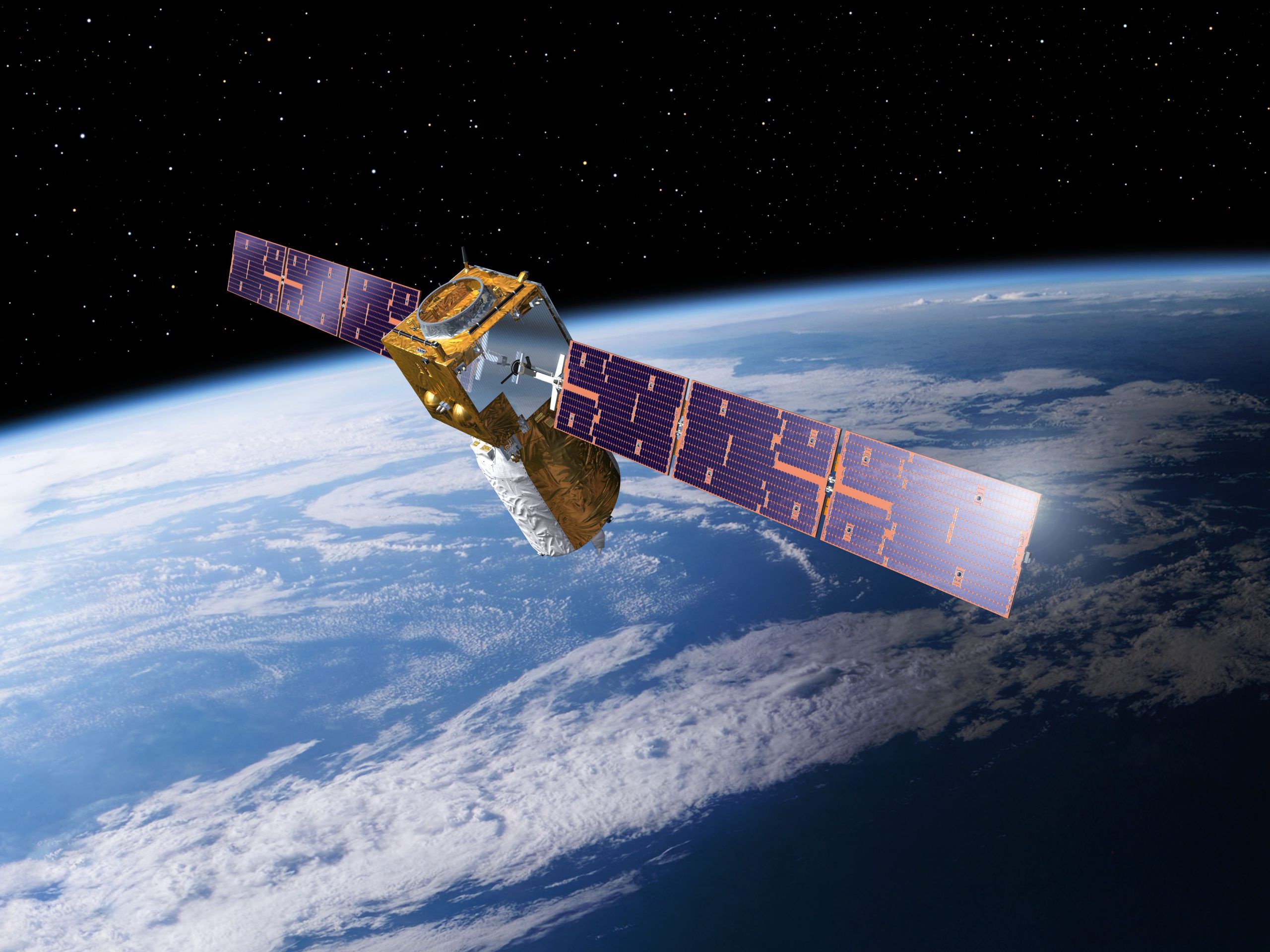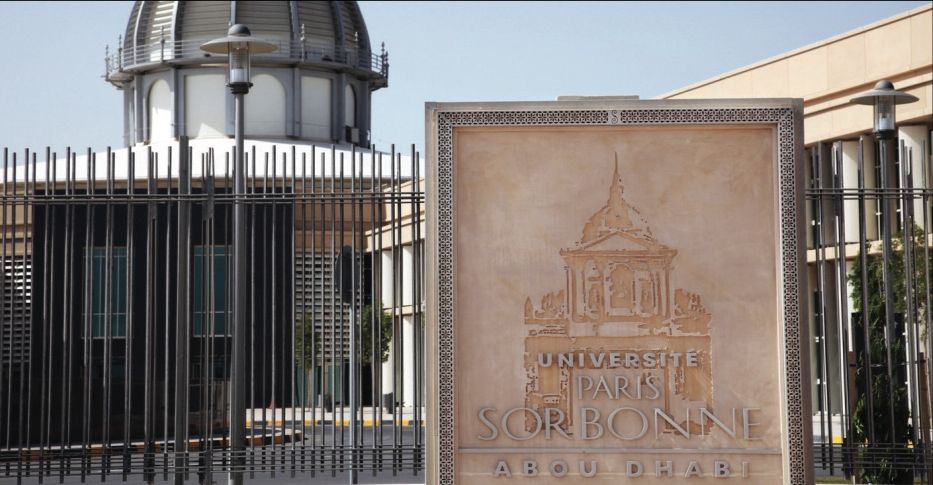ESA engages with Piql in digital transformation and preservation project

The European Space Agency (ESA) has chosen Piql to support its long-term digital preservation project for historical satellite images. This includes digitisation from various media, file treatment for long term preservation and secure offline storage.
BACKGROUND
ESA, located in Frascati outside of Rome in Italy, organises and archives a wide range of historical satellite missions, going back to the previous century. The institution, with more than 700 employees, has an enduring and strong focus on being forward leaning in their digitisation and preservation strategies.
The space industry has a stringent focus on data survival and accessibility with the aim to keep historical information useable for research and commercial purposes. Overcoming the challenge of technological obsolescence while implementing best practice for digital archives has been an ongoing focus for the archival division of ESA.
Data from ESA’s past and present space science missions – covering astronomy, planetary science and heliophysics – is archived at ESA’s Science Data Centre. The data centre provides innovative services and tools for scientists to access and interact with the data, maximising the scientific exploitation of the missions and enabling efficient long-term preservation of data, software and knowledge, using modern technology. It also hosts data from scientific experiments conducted on Human and Robotic Exploration research platforms such as sounding rockets, ground-based facilities and including the International Space Station, as well as exploration missions such as ExoMars and future Moon missions.
Through its Heritage Data Programme, ESA ensures digital preservation and access to archived satellite data for scientists, policy makers and value-adding companies. The archive contains a remarkable amount of information, with eight petabytes of data in a variety of historical formats needing to be managed into the future.
CHALLENGE
As an organisation with decades of different technology layers and developments, ESA is constantly working to solve the challenges presented by legacy data and maintaining access to historical content that can be of value to the scientific and commercial communities for contemporary analysis.
Much of its archival content is still in analogue or form, with scarce documentation of what the item contains, descriptions of the information and any analysis on its value for the organisation. Only by digitising the information, can the organisation extract, understand and realise the actual value of the content.
This required solid preparation and a digital transformational workflow that could manage the diversity of content types, lack of contextual information and fragility of media types.
Much of the digital information was also in old formats or on media that was challenging to read and access, presenting a major legacy problem for the data custodians. Due to technological obsolescence, keeping data alive and accessible beyond a few years can be challenging. Cataloguing this information is costly and time-consuming.
Some of ESA’s datasets cover long periods of time and are of great importance to determine changes in our planet’s climate. For this reason, it is vital that satellite data and other Earth science data are preserved for future generations and still accessible and usable after many years. The older the data, although more difficult to preserve, the more valuable it becomes, especially for long-term statistics.
SOLUTION
ESA chose Piql to deliver an initial project and complete a feasibility study to assess potential for large scale technology adoption.
For the initial project, Piql digitised, indexed and structed a combination of film, microfilm, paper and some unusual formats for preservation.
Piql ensured all the data was processed and treated in line with Earth Observation Data Preservation Guidelines (EOPD) and ISO standards for preservation as well as ensuring high quality digitisation. This included classification of information, metadata extraction, OCR in documents, disposal of redundant material and optimised workflow design.
This first part of the project created significant value for ESA, including discovering valuable information during digitisation and enabling access and findability to a wealth of content.
ESA also engaged Piql to conduct a feasibility study on satellite formats to assess the potential benefit of Piql’s technology. This study focused on the challenge of identifying documentation for the historical satellite data, and how Piql can solve this challenge while ensuring future access on piqlFilm, along with all necessary instructions to be able to retrieve and access the original data—regardless of how much time has passed.
A comprehensive range of different formats with satellite information was identified, analysed and assessed for long-term storage.
The assessment showed great potential for adopting Piql’s technology and will help both institutions better understand the compatibility of the solution and how it can enrich the preservation process.
As a result of the assessment, ESA has chosen to safeguard digitised content as well as other important digital assets into the future on piqlFilm. ESA had been looking for a migration-free medium that guaranteed future access for critical historical data and correlating metadata to better describe the historical information stored and how to access this in the future. ESA has chosen a model where half of the content will be kept on-site at ESA, with the other half safely stored in the Arctic World Archive, contributing to the growing collection of world memory.
By ensuring localcopies, as well as having secure offline copies stored in a politically stable and neutral zone, ESA is further strengthening their long-term preservation strategy.
FUTURE
This project marks the beginning of what both institutions believe to be the beginning of a long and successful partnership for the development of preservation knowledge and competence. This stands to benefit not only the research community by securing access to valuable satellite data for future generations, but also for other domains within the digital preservation community.


